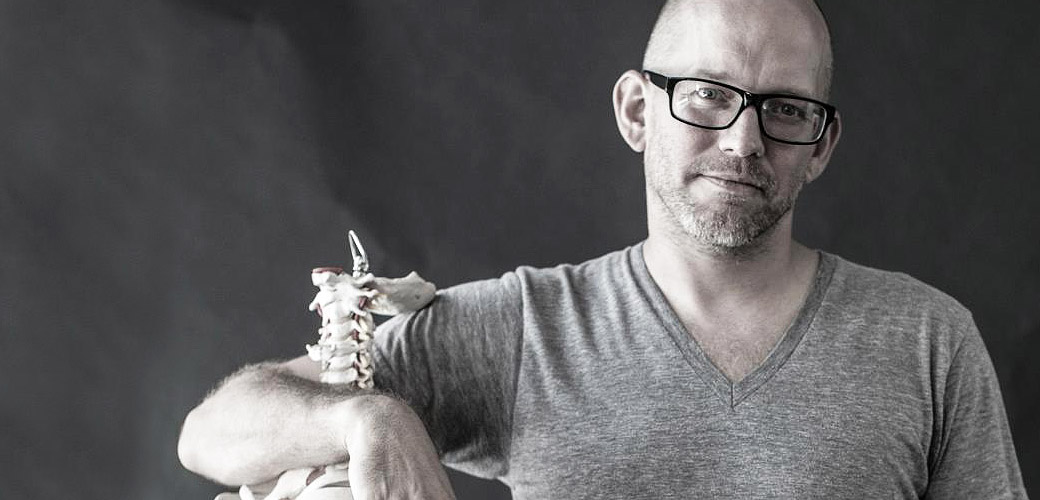What is yin yoga and why is it beneficial? Before the lovely and knowledgeable Joe Barnett returns to PranaShanti this month, let’s explore what this quiet, powerful yoga is and who will benefit from a yin yoga practice.
You’ve seen the Yin Yang symbol – a black and white circle divided by a curved line to form two intersecting teardrops, each with a drop of the opposite colour inside.
The yinyang concepts originate in ancient China where various schools of cosmology and astrology sought to explain cosmic harmony, but dominantly drew on the notion that the sun, warmth and daytime (yang) were balanced by the moon, coolness and nighttime (yin). The yinyang symbol itself has no known origin, but is also associated with the healing system of Traditional Chinese Medicine that integrates into yin yoga.
In India, yogis called the subtle energy of our beings prana and the pathways it flows along nadis. In China, the Taoists (adepts of the Tao philosophy, premised on the cultivation of harmony) called the subtle energy qi (pronounced chee). This is the same philosophy that founded the science of acupuncture, which treats stagnation in qi along the energy pathways, called meridians in Taoism and Traditional Chinese Medicine.
Where yang styles of yoga like Hatha, vinyasa, Ashtanga, Forrest, etc, have a motivating effect that encourages the flow of prana or qi, when we use the concept of yinyang to seek balance, it has to be in contrast to something else. So when we look at a yang yoga practice, it’s only yang in comparison to yin. For most of our bodies and spirits, to achieve balance and harmony, we need both practices to ensure the healthful vital flow of qi.
Most of us living busy, connected lives have a lot of yang energy – the perpetual go, go, go of modern life that we then mimic in our fitness pursuits of gym workouts and marathon training. Yang fitness activities and yoga are excellent for those with a sedentary lifestyle in particular, but many yogis acknowledge the need for balance, opting for yoga classes that complement all that upward moving energy with a downward, peaceful opposite. Yin yoga, just like the association of yin with the coolness of the moon, is a grounding and quiet practice that targets the yin tissues of connective tissue. (Blood and muscles are considered in yang tissues, in TCM.)
The poses are held for anywhere from a few minutes to 20 minutes (depending on your needs and experience level), and are based on the natural alignment of the spine and pelvis. It is a practice premised on getting comfortable with the uncomfortable, and just because it is still, should not be confused for a beginner yoga practice. The lingering in the shapes and long experience of stretch can be very challenging, but so necessary to help us acknowledge unhealthy mental patterns premised on constant movement and distraction.
Yin yoga is used by international teacher Joe Barnett to bring a fluidity, easy and health to his yang yoga pursuits. Like most yogis, he initially gravitated toward strong yoga practices before realizing he needed to calm and cool with a practice that could offer him efficiency in his movements and anxiety release.
Yin yoga also cares for your fascial tissue, the web-like material that knits your entire body together. The extended stretch prevents adhesions throughout the fascia and improves the fluid movement of fascia, so it’s the perfect practice to balance out an athletic or busy lifestyle and yang yoga practice.
This March, Joe Barnett returns to Ottawa as a guest speaker in our 30-hour yin yoga intensive. It’s a strong compliment for a current Yoga Teacher of any style or a spring board for the student who is ready to take the leap into a broader perspective and fuller appreciation of the practice of Yin Yoga. The program runs over 4 full days, Friday, March 18 to Monday, March 21, 2016. Read up on the details to see if this is the time for you to take action on getting quiet!

